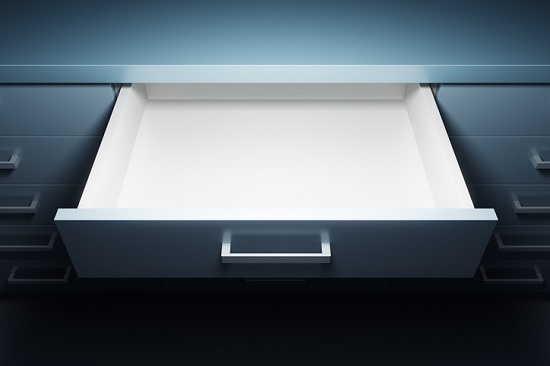
As hearing professionals, there’s one particular type of hearing aid that we all are worried about. It’s detrimental for the patient, and it can deter others from even making an attempt to give hearing aids an opportunity.
They’re regarded as “in-the-drawer” hearing aids. Compared with behind-the-ear or in-the-canal hearing aids, ITD hearing aids never see the light of day, discouraging the patient and anyone the patient tells about their unfavorable experience.
For the countless numbers of individuals that have acquired hearing aids, a good quantity will give up on the possibility of healthier hearing for one reason or another. But with today’s advanced technology, we know that this should not be the case.
But hearing aids can be tricky. There are several things that can go wrong, triggering a negative experience and causing people to give up. But there are ways to protect against this, actions you can take to ensure that, with a little patience, you get the optimum results.
If you’ve had a negative experience in the past, know someone who has, or are pondering giving hearing aids a shot, you’ll want to keep reading. By learning about the reasons some people give up on hearing aids, you can avert the same mistakes.
The following are the principal reasons people give up on hearing aids.
1. Purchasing the wrong hearing aid or device
Let’s start with the fact that everyone’s hearing is different. Your hearing loss, just like your fingerprint, is also unique to you. Additionally, most individuals with hearing loss have more challenges hearing higher-pitched sounds, like speech, as compared to other sounds.
As a result, if you go with a device that amplifies all sound uniformly, like most personal sound amplifiers, sound quality will be affected, and you’ll continue to most likely be drowning out speech. You’ll need a hearing aid that is programmed to amplify the particular sounds and frequencies you have trouble with, while suppressing background noise simultaneously.
Only programmable digital hearing aids have this ability.
2. Improper hearing aid programming or fitting
Seeing as hearing loss is unique, the hearing aid must be custom-programmed for you exclusively. If the configurations are inappropriate, or your hearing has changed over the years, your hearing professional may have to modify the settings.
Far too frequently, people give up too quickly, when all they need is some adjustment to the amplification settings. Additionally, if your hearing changes, you might need the settings updated. Think about it like prescription glasses; when your vision changes, you update the prescription.
Also, nearly all hearing aids are custom-shaped to the curves of the ear. If you find the fit uncomfortable, it may either just take some time to get used to or you may need a new mold. In either case, this shouldn’t stop you from acquiring better hearing.
3. Not giving hearing aids a chance to work
There are two problems here: 1) controlling expectations, and 2) giving up too early.
If you believe that hearing aids will instantly return your hearing to normal, you’re setting yourself up for discouragement. Hearing aids will enhance your hearing considerably, but it takes some time to get used to.
At the outset, your hearing aids may be uncomfortable and loud. This is typical; you’ll be hearing sounds you haven’t heard in many years, and the amplification will sound “off.” Your brain will adjust, but not over night. Plan on giving your hearing aids about 6-8 weeks before your brain fully adjusts to the sound.
Your patience will be worth it—for patients who give themselves time to adjust, satisfaction rates increase to over 70 percent.
4. Difficulty hearing in noisy environments
People with brand new hearing aids can come to be easily overwhelmed in crowded, noisy environments with a lot of sound. This can occur for a few reasons.
First, if you right away begin using your new hearing aid in noisy settings—prior to giving yourself a chance to adapt to them at home—the sound can be overpowering. Try to adjust in quieter environments before testing at a loud restaurant, for instance.
Second, you’ll have to adjust to the loud environments too, just like you did at home. It’s common to have one bad experience and give up, but keep in mind, your brain will adapt after some time.
And finally, you may just need to update your hearing aids. Newer models are becoming significantly better at eliminating background noise and boosting speech. You’ll want to take advantage of the new technology as the rate of change is fast.
It’s true that hearing aids are not for everyone, but the next time you hear a story about how hearing aids don’t work, you should begin wondering if any of the above applies.
The fact that hearing aids didn’t work out for someone else doesn’t necessarily mean they won’t work out for you, especially if you work together with a reputable hearing care professional. And if you’ve had a bad experience in the past yourself, perhaps a fresh start, better technology, and professional care will make all the difference.